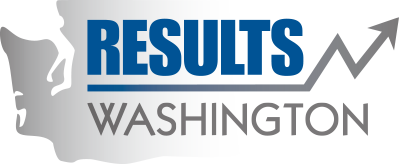Archived: ESA-listed salmon and steelhead populations
In 1991, the federal government declared Snake River sockeye salmon as endangered. In the next few years, 16 more species of salmon were listed as either threatened or endangered. 75% of the state was covered by federal listings of at-risk salmon. Since initial federal listings, Washingtonians have joined in an unprecedented grassroots effort to protect and restore wild salmon and steelhead. Working together, a broad coalition of regional organizations, watershed stewards, volunteer organizations, farmers, foresters and other businesses have lined up with state, tribal and local governments to reverse the long-term decline of the state's wild salmon populations. As a major partner in this effort, the Washington Department of Fish and Wildlife (WDFW) is working to address key factors contributing to that decline, while also monitoring the status of the state's salmon and steelhead populations.
Making steady progress on this measure.
As the agency responsible for the state's hatchery and harvest management, WDFW is an important partner in the development, implementation and monitoring of Washington's salmon recovery efforts. WDFW priorities:
- Restore federally listed populations through six salmon recovery plans.
- Create and maintain selective and sustainable fisheries.
- Protect and restore habitat.
- Retool hatchery operations to support wild fish recovery.
- Further state-tribal co-management.
- Develop new strategic partnerships.
Get involved in salmon recovery! Recovering and protecting salmon starts with each of us in our local communities. From working to ensure your local land use decisions reflect the local salmon recovery plans, helping with habitat restoration projects, to following important fishery protection regulations.There are many ways each of us can help recover salmon and steelhead. For specific ideas on what you can do to help salmon go here: https://fortress.wa.gov/dfw/score/score/recovery/partners.jsp
